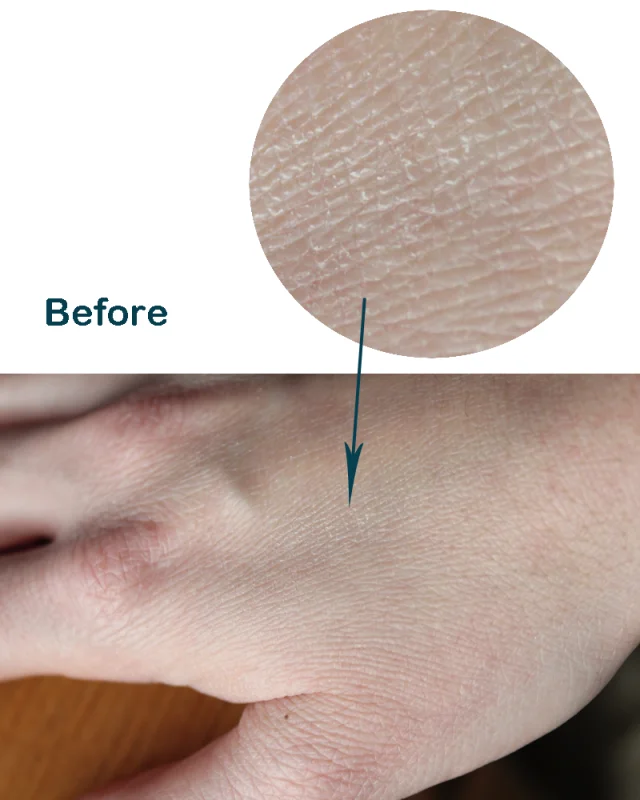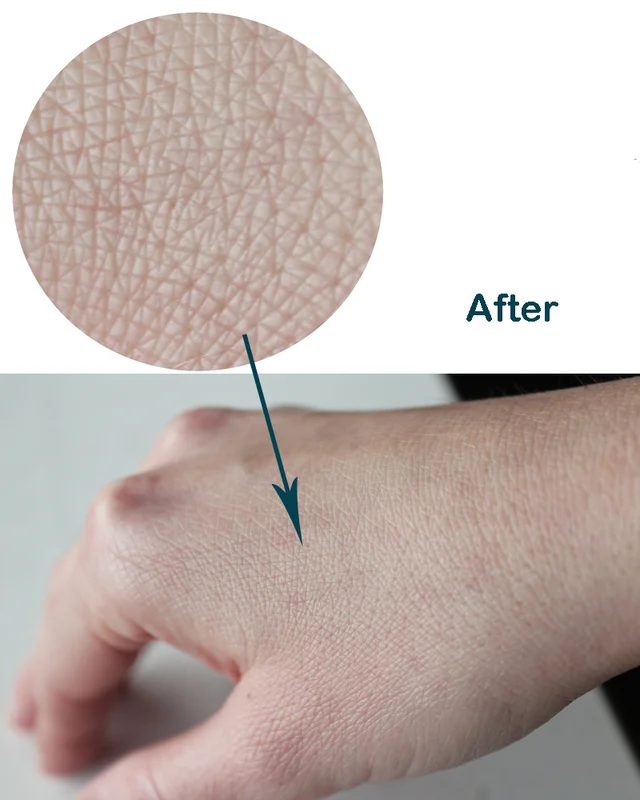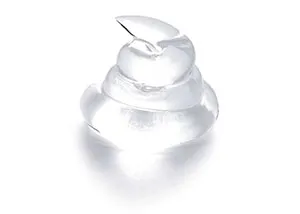Marine Collagen Cream
Triple Helix Structure



Our Natural Marine Collagen is totally different. It is extracted from fish skin in the form of triple helix (spiral) molecules which are precursors of the collagen fibers.
In simple words, it would have become collagen fibre but it was captured and extracted from fish skin at earlier stages of development and preserved (not processed!) as hydrate.
Its molecules maintain their triple helix structure and determines their biological activity in a beauty product. Such helical pro-collagen easily breaks down into peptides once it touches the skin. These peptides, are transdermal, unlike hydrolyzed collagen. Scientifically speaking, we are more entitled to call our flagship product “collagen” than thousands of distributors of preparations that are made of protein that would be once considered collagen. Our product differs in that it maintains the model structure of collagen and even the inter-spiral and intra-spiral bonds.
Common Collagen Misconception
Thousands of “collagens” on the market are usually hydrolyzates composed of amino acids, which are in our opinion, “post-collagen” proteins. They are not collagen any longer, they merely contain amino acids typical to collagen tissues. Polish collagen extracted directly from the fish skin is a tertiary collagen, a stage before it develops into collagen fibrils and then fibres. This unique Polish method of triple helix collagen extraction and preservation is not used in any other part of the world. However, consumers tend not to know what exactly a hydrolyzate is and how and why it is different from a hydrate.
Solution to maintaining triple helix structure intact
Collagen’s triple helices are needed because they have an ability to attach H2O molecules to create a gel. In a gel form, it is used as an effective and the most simple and natural skin care product in the world, that not only rejuvenates the skin, but also helps address numerous skin problems. Without the triple helices fish molecules cannot be transformed into a workable cosmetic product.

Collagen as a molecule, is still excessively large to cross the barrier of epidermis to penetrate the skin. Even if it is thousand times smaller than a molecule of hydrolysed collagen, it is still huge… It has a mass of 80–360 kDa (kilodaltons) and the diameter of 4–100 nanometres. It is impossible for it to pass the epidermal barrier. Therefore, it is not a triple helix collagen molecule as such that passes to the extracellular matrix of the dermis to the area around the fibroblast. Only after it breaks down into short peptide chains composed of amino acids can it pass through the skin.
So, if the triple helix spirals must break down in order for its peptides to penetrate into the skin, then why is Natural Collagen maintained in the form of those spirals?
Bottled Goods
At this point, we know that only those peptides that have just dissimulated from the collagen triple spiral and show a biological activity, can migrate through the epidermis. Collagen that experiences a high temperature in the bottle breaks down into peptides and becomes liquid. It loses any useful properties after a few hours. When the collagen gel maintains a triple spiral conformation in the bottle, no decomposition processes take place, even after many years.
It is necessary to remind you of the manner in which a collagen molecule is created. Well, it is always created in the same way.
- The atoms of hydrogen, carbon and nitrogen form an amine group.
- Other atoms join the amine group, in particular oxygen, and the connected carboxyl group is created.
- First simple, and then complex amino acids are created from that unit, and in the next stage peptides are built. From two to even hundreds of amino acids in a peptide chain. Those processes take place in the productive cells, which in the skin are known as fibroblasts.
- Peptide chains create single spirals, and they interweave to create triplets. This already happens outside the cell.
- The addition to the fantastic phenomenon of collagen genesis is the hydroxylation of proline amino acid to hydroxyproline and lysine to hydroxylysine, which is impossible without vitamin C.
- The construction is joined as with a “zip” and this is how the triple helix, or tropocollagen, is formed.
And how does that superhelix break down on our skin?
Well, it never happens in the same way. Different laboratories conducted research on collagen at its molecular level. They observed the repeatability of the processes of triple helix dissimulation, but the chemists examining Polish fish collagen until 2012 did not manage to define any rule governing the process of its breakdown. What is known that the collagen triple helix dissimulates into single helices, the helices break down into peptides, and some of the peptides even break down into single amino acids. However, the process doesn’t have any recurrent patterns of any kind, which is quite peculiar, as collagen has the most regular patterns of amino acid chains of all proteins. Because of the instability of this process, we have until now, only been able to produce a product that must be kept in a cool environment.
Because we have developed a way to preserve collagen in triple helix form that is heat resistant, we can now offer it to general market rather than specific niche that required refrigeration of the product.


 TS
TS